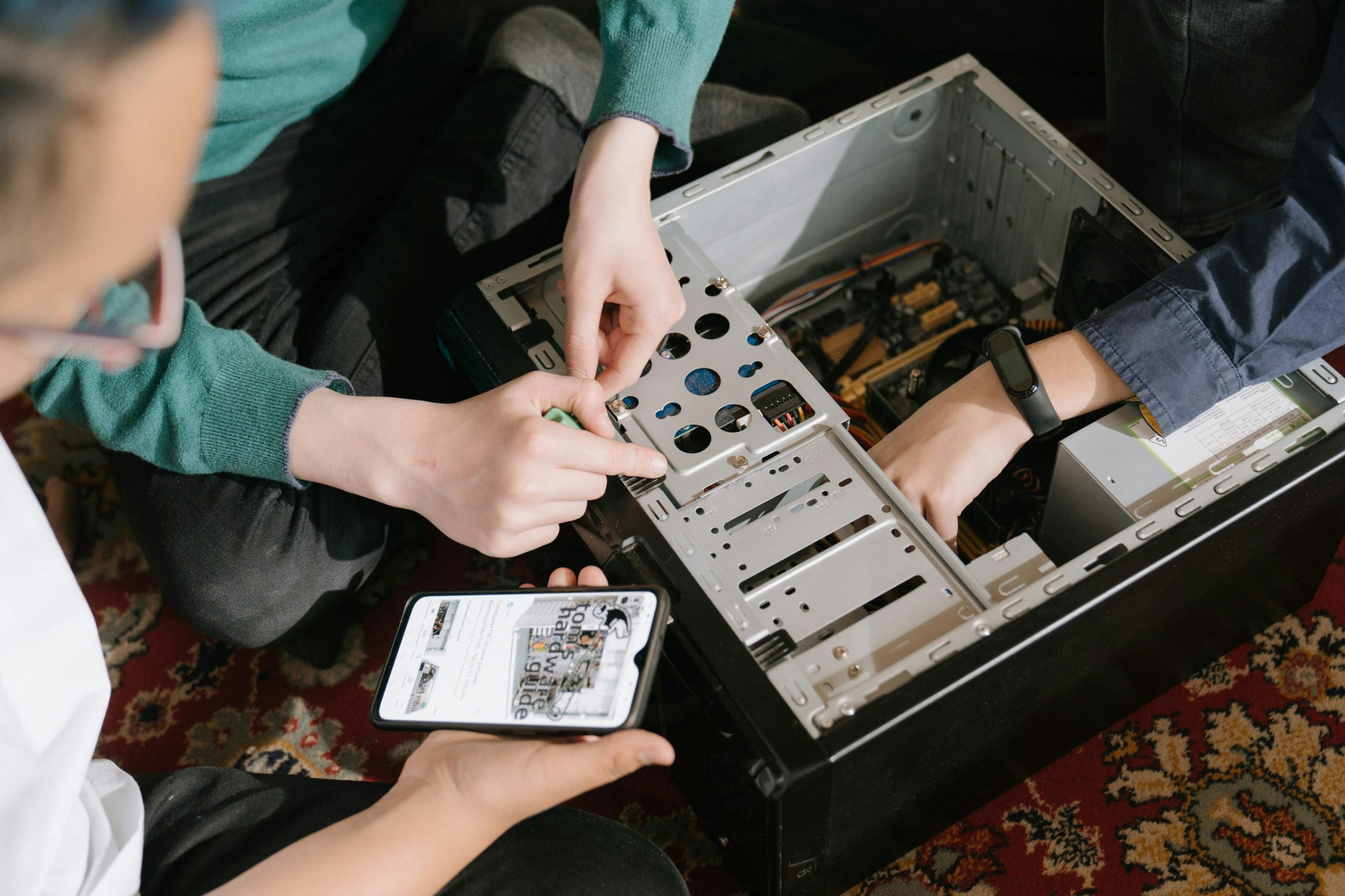Understanding and Troubleshooting GPU Utilization Issues After a Hard Reset
If you’ve recently experienced your PC defaulting to using the CPU rather than the dedicated GPU, you’re not alone. Many users encounter similar issues following system resets or unexpected interruptions. This article aims to guide you through identifying the causes and resolving the problem to ensure your computer’s hardware operates optimally.
Scenario Overview
Imagine building a high-performance PC with an AMD Ryzen 7 7800X3D and an NVIDIA GeForce RTX 4080 Super. Everything functions smoothly for months—gaming performance excels, daily tasks run swiftly, and your hardware is performing as expected. However, after an unexpected freeze during gaming that necessitated a hard reset, you notice significant performance degradation in non-gaming activities. Your system seems to default to using the CPU instead of the GPU for regular browsing, video playback, and application loading, resulting in sluggish response times and longer load durations. Additionally, your display settings have reverted, with refresh rates dropping from 170Hz to 60Hz, and your NVidia driver indicates “No Display Connected.”
Possible Causes
- Incorrect BIOS Settings Post-Reset
-
A hard reset can revert BIOS configurations to default, potentially disabling or misconfiguring GPU-related settings.
-
Driver or Software Conflicts
-
Driver updates, corruption, or conflicts can cause the GPU to not be recognized properly, especially if the system detects multiple GPUs (e.g., integrated AMD CPU graphics vs. dedicated NVIDIA card).
-
Hardware Connection Issues
-
Loose or disconnected cables, or improper seating of the GPU, might prevent the system from detecting the GPU correctly.
-
System Recognition and Resource Allocation
- Multiple GPUs or integrated graphics may cause Windows to default to the CPU for non-gaming tasks, or the system might misprioritize devices.
Step-by-Step Troubleshooting
- Check Physical Connections
- Ensure that your NVIDIA RTX 4080 Super is securely seated in its PCIe slot.
- Verify that the power cables are properly connected.
-
Confirm display cables are connected to the GPU, not the motherboard’s integrated graphics.
-
Verify BIOS Settings
- Enter the BIOS during startup (commonly by pressing F2, DEL, or F10).
- Check that the primary display adapter is set to PCIe or PEG (PCI Express Graphics).
- Ensure that integrated graphics are disabled if you’re using a dedicated GPU
Share this content:

